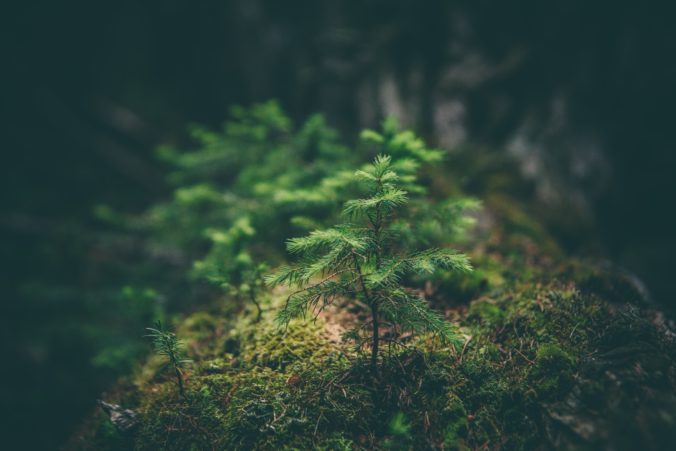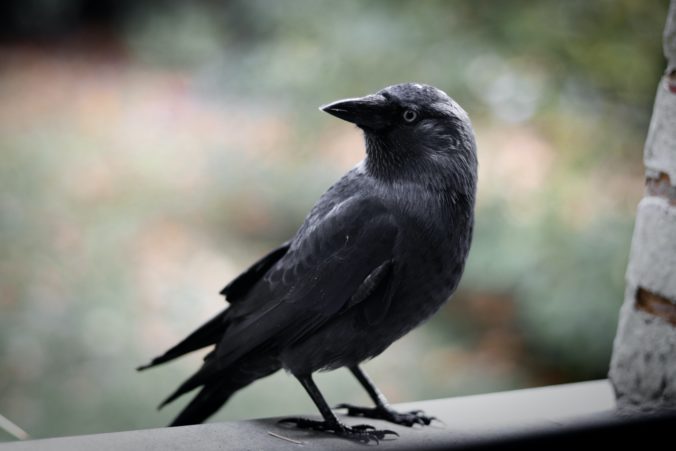We have always imagined birds to embody a debonair charm. Being capable of elegant flights, birds have access to an aerial view of the world, a vantage we earth-bound bipeds deem to be divinely endowed. The lightness in their swooping motions, their aerodynamic group acrobatics, bring an uplifting feeling to every patient spectator.
Life on earth is blessed with a breathtaking diversity of these dinosaur descendants.
Tiny swallows, sailing swifts, hummingbirds, weaver birds, pastel-colored parakeet, ogling owls, saintly swans, flamingos, the flightless ostrich, emu, penguins…the diversity is immense.
Even the most mundane of feathered creatures, the ubiquitous pigeon, are accepted as one among the bird folk.
The classification of birds might seem like an open, all-encompassing idea at first thought.
But there’s one class among them that we have been subconsciously ostracizing for ages.
The crow.
The crow is seen as, well, a crow.
It feels weird to associate any avian attributes to it. Now that it’s been brought to our attention, one wonders why it is the case!
Perhaps it’s a function of the reputation they’ve built for themselves over the years.
They aren’t exactly the neighbours you’d pray to have. If you despise a rooster’s call in the morning, well, wait until you hear the auditory atrocity the crows inflict at daybreak.
Their rousing cacophony at the crack of dawn can awaken even the deepest of sleepers.
Perhaps it was due to the persistence in its cawing that we, in India, have named it after the sound of its call. In Hindi, it’s called the Cau-wa (The one who caws). It’s called a Kaak in Sanskrit, Kaagdo in Gujarati, and Kaka in most South Indian languages.
Unsurprisingly, it’s presence has permeated into our language and culture.
We’ve been tainting its physical attributes since childhood. Haven’t we grown up teasing a dark-skinned peer form the neighbourhood as a Kaala Cauwa, black as a crow?
And how about the way we discouraged people from singing in their Cauwe Jaisi awaaz. (You sing like a crow!) We’ve quashed the confidence of so many people with such slanderous simile.
But beyond the physical aspect, crows are known to exhibit remarkably sophisticated group behaviour. These gregarious beings in their jet black attire look much like a council of advocates perched high up on a towering tree. Why they haven’t sued us for defamation yet is a point in question.
Shifting between clamouring speculation and meditative reflection, they certainly seem like evolved thinkers.
In fact, crows are known to gather around a dead comrade and investigate the cause behind its demise.
Perhaps that influenced a philologist to name the collective noun for a group of crows as ‘murder’.
A murder of crows investigates the murder of a crow – a neat mnemonic device to remember that fact!
Crows have a noxious way of demarcating their dominion. They mark their territory not by aggression but by inducing a repulsion to the stench in their collective droppings. Early-morning-joggers are known to run a bit faster underneath trees colonised by crows, always with a prayer on the lip, wishing to be spared being an unlucky target.
Blackness envelops a crow to the extent that even its eyes are completely black.
It’s this pervading blackness and the negative white space that together fashion the poetic, yin-yang nature of its life.
There’s an inherent dichotomy in the way the mind of a crow works. Kids across the globe have grown up with stories of the clever crow who managed to drink water out of that pot that had too little water by dropping stones into it. We’ve been introduced to the potential in a crow’s intellect fairly early on in life.
And experiments have proven the amazing ability of a crow for logical thinking.
Yet, we all know how, for generations, it’s been fooled by the koel into bringing up its offspring. How such a sophisticated mind can be fooled in broad daylight is a deep mystery of nature.
Whether there is a connection between this congenital emotional folly and the fact that we always assume a crow to be male is up for debate!
Elaborating further on the dichotomy, crows have been traditionally seen as a bad omen in India, yet, we also see them as the reincarnation of our beloved ancestors and offer them the first morsel of food cooked at home.
But that tradition is slowly disappearing in cities as we disrespectfully drive our reincarnated ancestors to the outskirts of the city, where they scavenge in squalor at the landfill.
With the broad range of foods they can stomach, they still provide a vital service of consuming much of the organic matter that would otherwise rot.
The other day, I had the opportunity of witnessing the genius of a crow first hand. We had placed a bowl full of water in our garden for birds to quench their thirst in the summers. While many birds came and enjoyed the oasis in our garden, a crow-couple kept coming back to the bowl of water for an interesting reason. They’d been soaking parts of their nest one by one in the bowl until it became saturated with cool water. Then, they would take it back to the nest, place it there, and come back with another few elements of their nest. This way, they managed to keep their nest cool, humid, and habitable.
In another instance, I saw them soak dried up rotis in the water to make them chewy and digestible again.
How creative are these beings!
Having witnessed their wit first hand, I’ve begun to see crows in a different light. There’s so much we could learn from them.
Apart from their harsh-toned singing (which a majority of us learn quite naturally), we could also learn a lot more from these birds.
We could learn to sing our heart out despite the harshness in our voice. We could learn from their enterprise, inventiveness, and creative thinking. We could develop an immunity to disapproval and believe in our ability that’s beyond the apparent appraisal.
We could learn to be entirely comfortable in our skin (feathers in their case!). And most importantly, we could accept our capacity for blind emotional folly.
Dear crow, notwithstanding your annoying cawing, I do strive to be like you in many ways. I am not writing this for amusement or taking a dig at you.
I really mean it.
And dare I lie, for I know that if I do, I’ll get a fitting punishment from you.
As they say ‘Jhooth Bole Kauwa Kaatey’. (If you lie, you’ll be bitten by a crow!)

